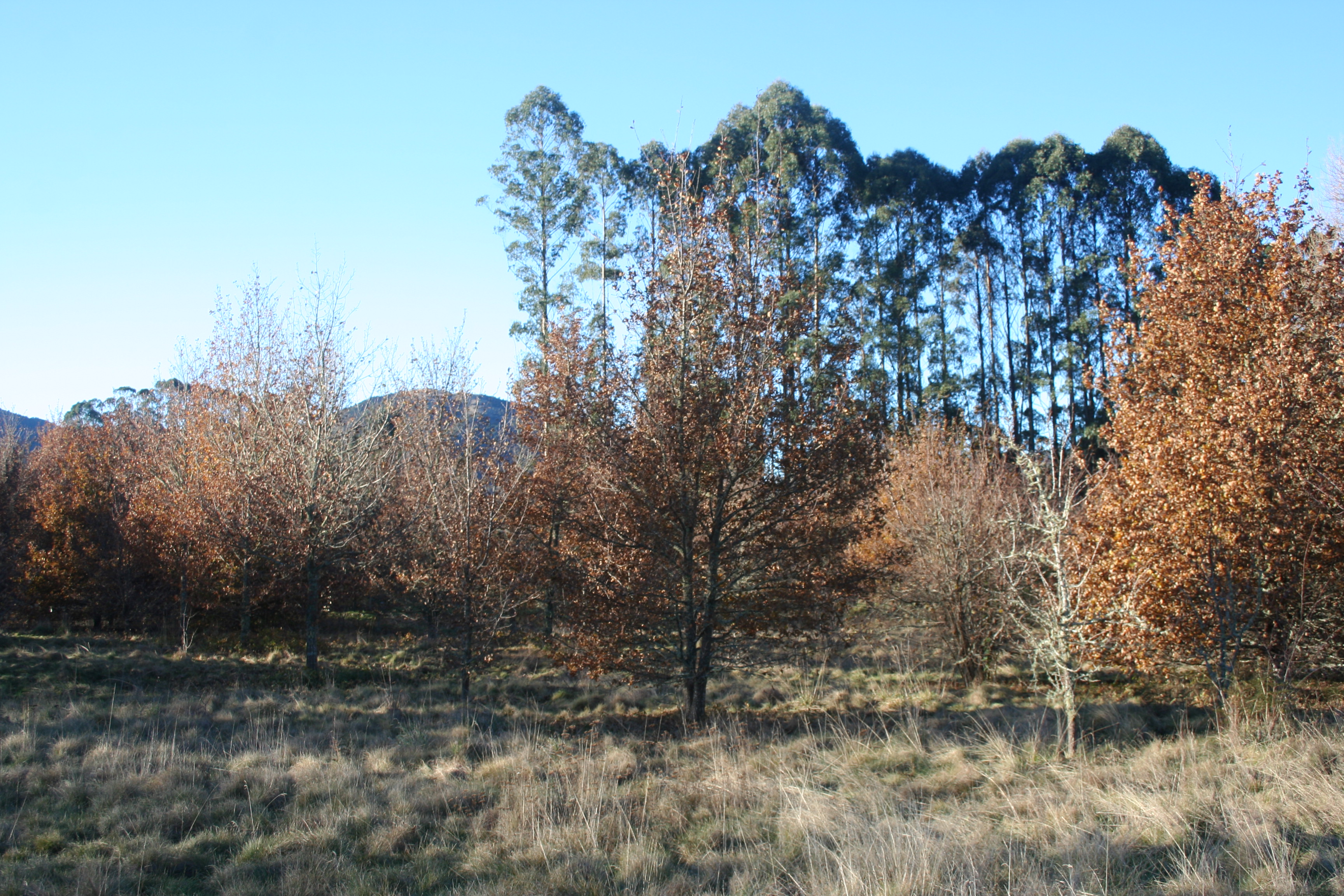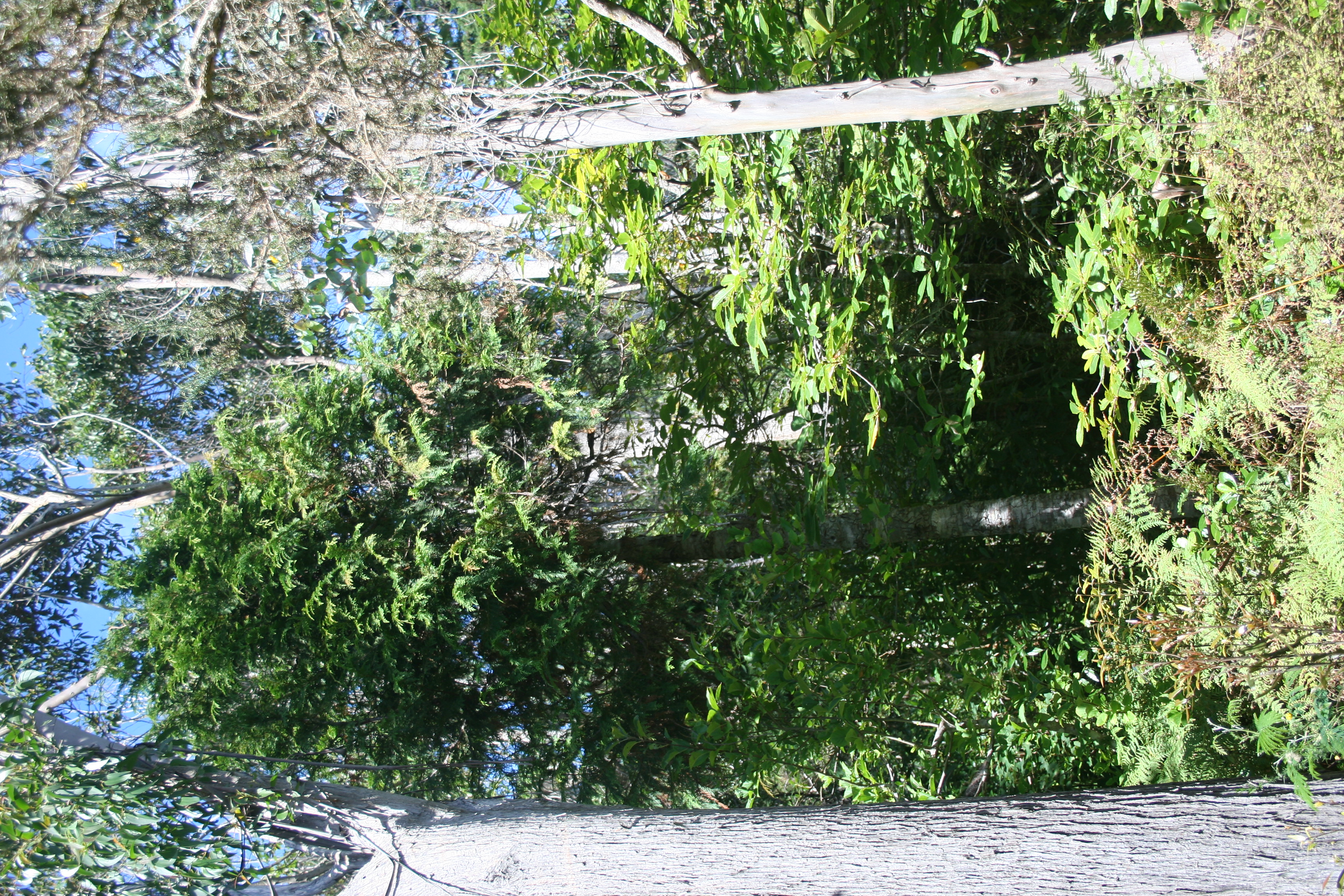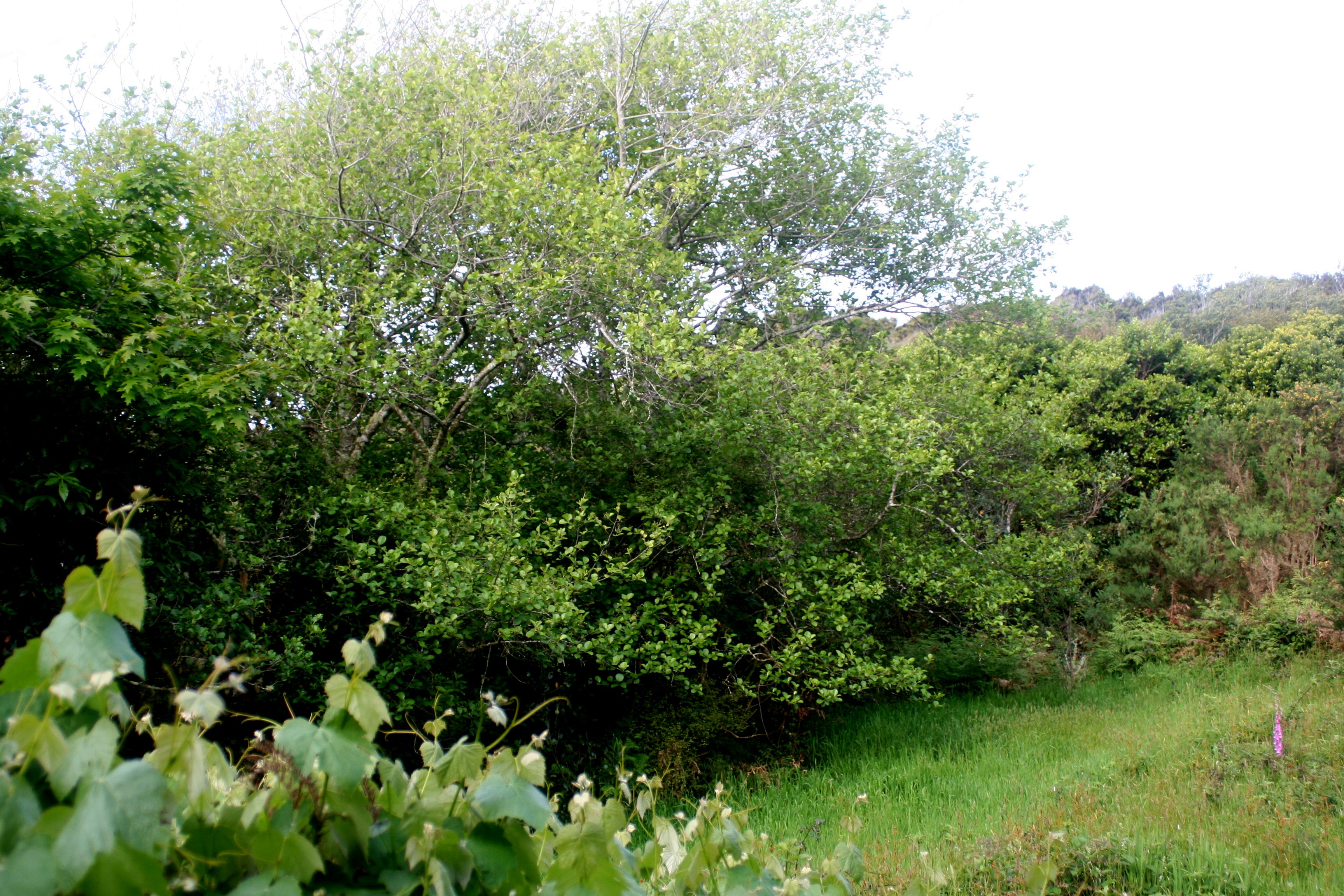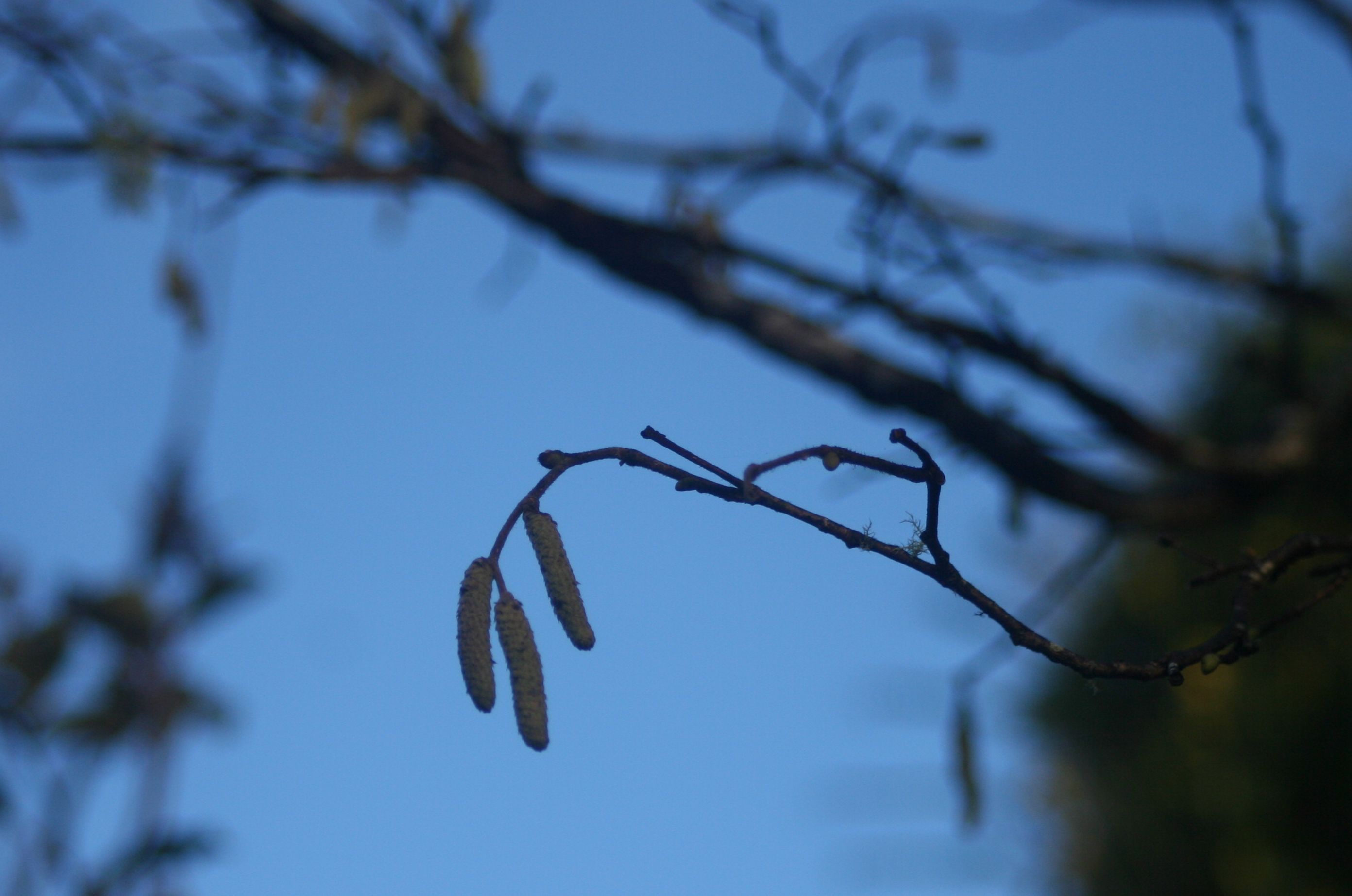Dial-a-Tree Virtual Tree Nursery
Tree Stuff Blog
Alders – Or Eucalypts? Which to Grow? Ben Gaia dialatree.co.nz
www.dialatree.co.nz
Similar
They seem very different, but both compare well for several reasons.
Both show speedy growth on farm in their first ten years so both provide quick establishing trees for instant gratification.
Both give hardwood with milling qualities, in short rotations from ten to twenty four years.
Some species of Eucalyptus (known in NZ as Jarrah but also often E. obliqua "Stringybark Messmate") remain sound in swamps and under water. Alder heartwood stays solid in swamp conditions and is used for wharf pilings including famously the piles under Venice.
Both give firewood rated higher in heat output than pine or macrocarpa.
Some good quality timber trees will coppice and re-grow once cut. (Alnus rubra, Eucalyptus fastigata. ) Coppicing quickly and freely after cutting is also great for firewood production or "smallwood" including for charcoal making.

Twenty year old Euc nitens tower over oaks the same age
But different..
The differences between how species perform are important when planting. You are not only stuck with them for twenty years but possibly forever as they keep growing after felling. The gift that keeps on giving? Or a terrible huge chunk of root that keeps getting in the way?
The practicality of growing them is an important consideration and thirty years of doing this teaches you many things. Eucs are basically in danger of getting too big. They then blow down and cause damage to fences and general havoc. Stands of gums on dry land will rob soil moisture from underneath, discouraging grass growth. On the plus side the flowers are just like Rata and attract nectar feeding native birds and honeybees Some are drought tolerant but not all. The famous Nitens are from the mountains and dislike dry country. Tall evergreens can dominate a paddock like a green wall, but this can be good farm shelter in windy areas. A byproduct of Euc globulus is the wonderful medicinal oil. I felled one fast growing, pungent nine year old tree and the foliage filled a wool sack, producing about four small bottles of potent Eucalyptus oil. Gums win some points over alders as they are really not a spreading weed. But for the ageing smallholder or lifestyle block large eucs are a dangerously large tree to fell, and will need expert help. Some of the timbers are rated among the world's best, and I have had success with 24 year old Euc botrioides and Euc fastigata timber. But they are hard to mill and blunt the saws half way along the cut. Brilliant firewood when dried properly, preferably left in the bush for two years to season.

Teenage Euc fastigatas overtake a Lawson cypress
And yet alders are not all angels. Best avoid Black alder, (A. glutinosa), a triffid on steroids, the seedlings spread and become invasive like willow. Luckily alder leaves feed the soil and encourage pasture growth, and alder roots fix nitrogen.Alders are a smaller tree overall , (A. incana, A. jorullensis) and they need moisture, even thriving in wet soils. In winter you get early catkin flowers for bees. Deciduous bare branches in winter let in sunlight. Alder's main byproduct is fine charcoal. (A. cordata). Easier to fell with a small chainsaw, but like eucs, they can split and be unpredictable at felling. The timber is a light colourful hardwood and brilliant for furniture and joinery. Great firewood as well. Cut them small in the round for easy drying firewood logs that grow straight back.

Grey alders: Alnus incana
Whichever of the two you choose, both are better than pines for most things, especially for on-farm milled timber quality, fence pailings, posts, repairs, and hotter burning firewood.
On balance over the years I have lost my youthful glee for the racing pace of gum growth. I fell the 24 year old, sixty foot gums with my heart in my mouth just to stop the damn things getting any bigger. In the wisdom of age, I love the leaf fall, catkins, and smaller scale of the alders. They give shade and shelter for the orchard on the north boundary. The winter light gets in, and the wind has pruned them down to only ten metres tall, yet still able to produce a trimmed 4 metre saw log. The real gold medallist is Alnus cordata, the Italian alder, which you can often spot, quietly slumming it as an orchard hedge in the Burbs.
.

Winter hazel flowers are called catkins
We grow fruit and timber trees in the extreme climate of the South Island. Explore our mail order nursery for organic fruit and forestry trees.
Back to dialatree www.dialatree.co.nz



